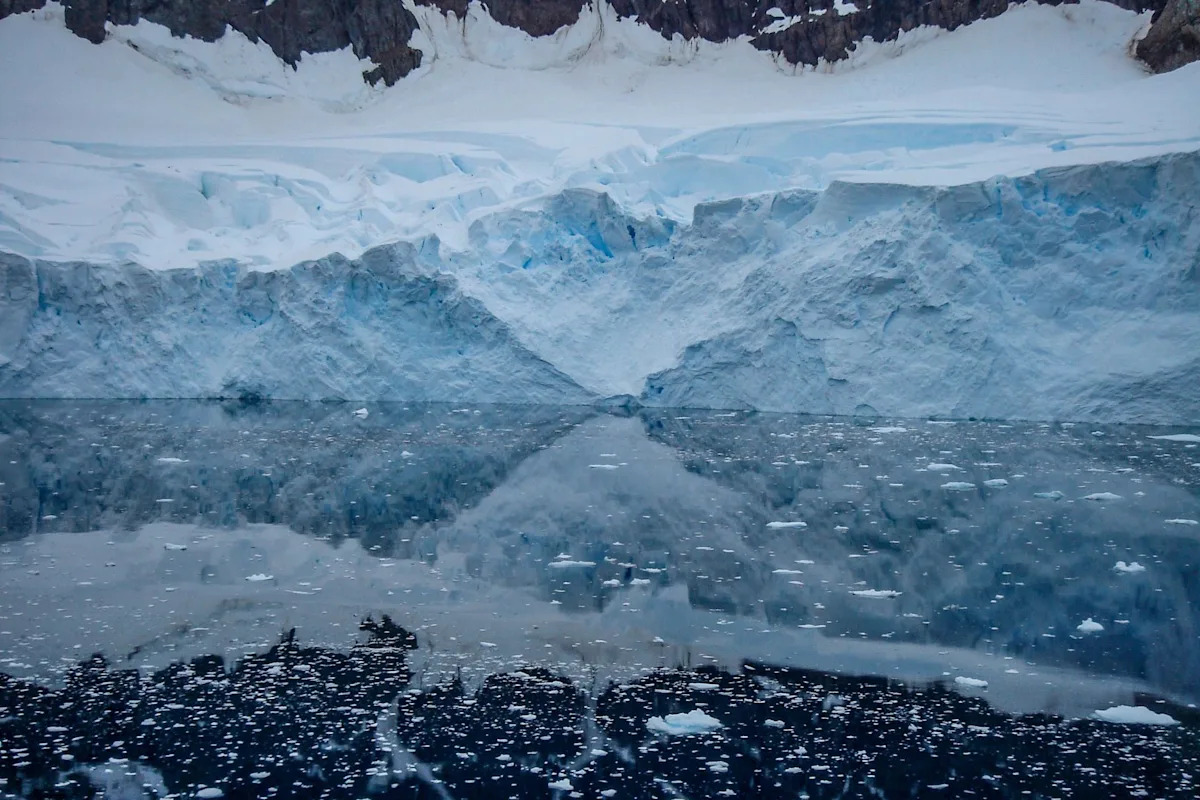Researchers have detected 85 previously unknown lakes underneath Antarctic glaciers, a development they fear could lead to more ice slipping into the ocean and causing global sea levels to rise even more quickly.
What’s happening?
These lakes lie many miles below the ice that surrounds the South Pole, Live Science reported. This discovery increases the amount of known subglacial lakes by more than 50%, to 231.
Scientists found the lakes by studying a decade’s worth of data from the European Space Agency’s CryoSat satellite. They published their research in September in the journal Nature Communications.
Active subglacial lakes regularly drain and refill, which causes them to change size and shape over time. This movement makes the ice above less stable, which can cause it to slip off the bedrock and into the ocean.
“It was fascinating to discover that the subglacial lake areas can change during different filling or draining cycles,” researcher Anna Hogg said in a European Space Agency press release.
Why are the lakes concerning?
This story highlights the chain of events that rising global temperatures set off, as well as the long-term effects they may have on those of us who live thousands of miles away.
As the planet gets warmer because of human-caused pollution, so too does the bedrock that these glaciers sit upon. The geothermal heat from this bedrock causes subglacier meltwater, which forms these lakes well below the ice surface.
And as the activity from these lakes causes more ice to melt and fall into the ocean, sea levels will continue to rise. On average, oceans rose by nearly a quarter-inch in 2024, and the rate at which they rise has more than doubled since 1993.
That rise has already had impacts on several coastal communities and will likely continue to do so. Some experts project that ocean levels may rise by as much as several feet, which could put entire islands and counties underwater.
That doesn’t even account for the higher frequency of extreme weather events, including floods, that come with warmer temperatures.
What can be done to stop rising sea levels?
The best way to stop these lakes from forming, and to stop our oceans from rising, is to limit the amount of pollution we create and stop the planet’s warming trend.
But, at the least, researchers hope this finding will provide a new dimension to models that forecast future sea-level rise to give them a higher level of accuracy.
“Subglacial hydrology is a missing piece in many ice sheet models,” researcher Sally Wilson said in the ESA release. “By mapping where and when these lakes are active, we can start to quantify their impact on ice dynamics and improve projections of future sea-level rise.”
Join our free newsletter for good news and useful tips, and don’t miss this cool list of easy ways to help yourself while helping the planet.
First Appeared on
Source link












